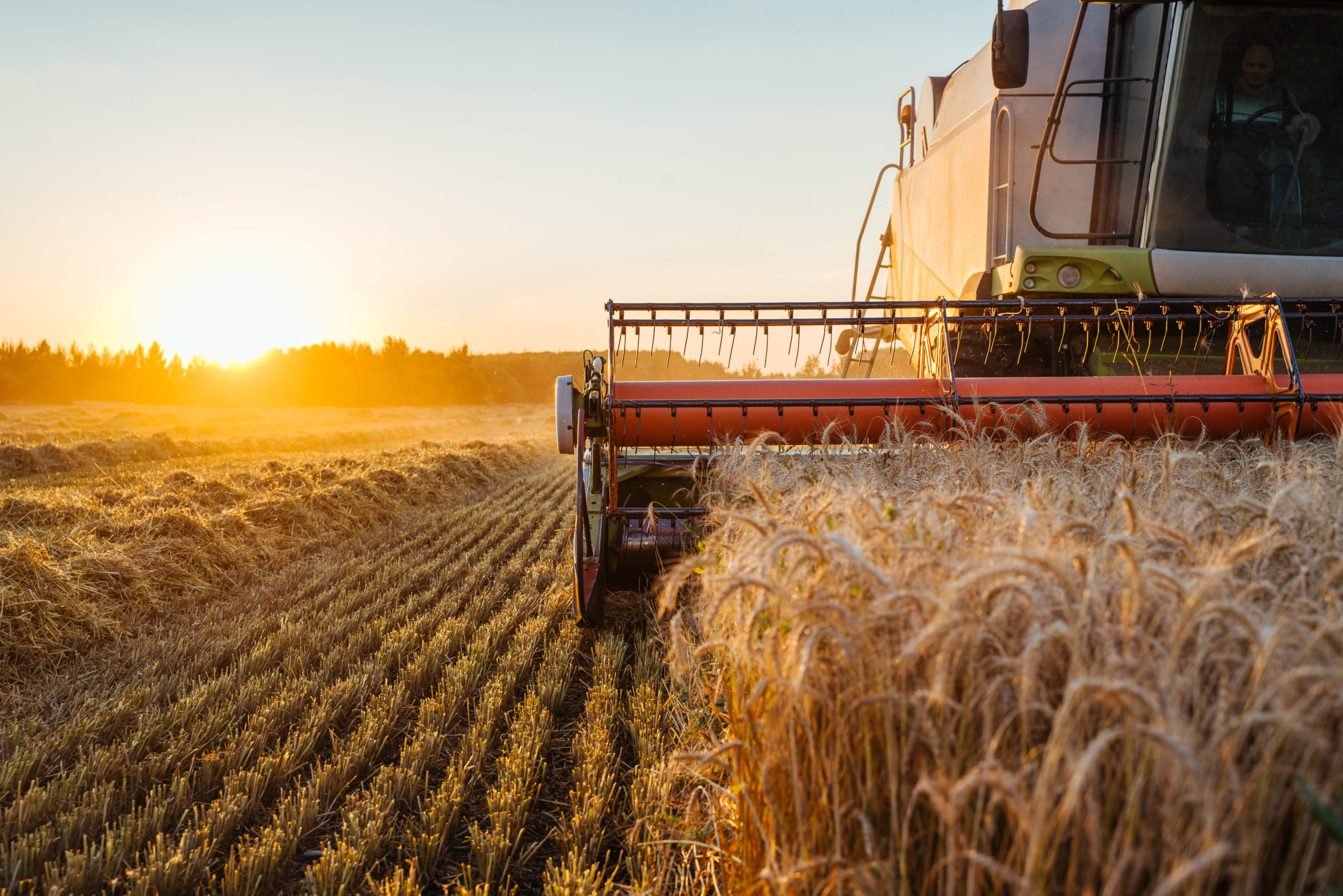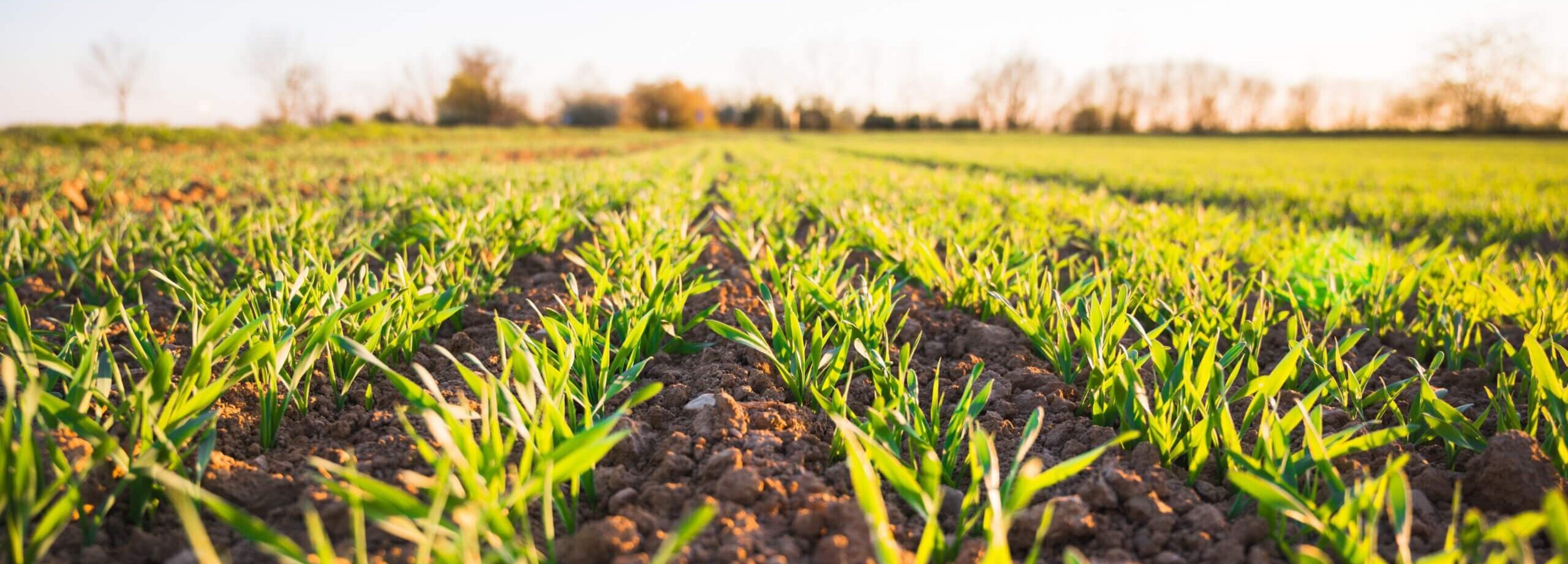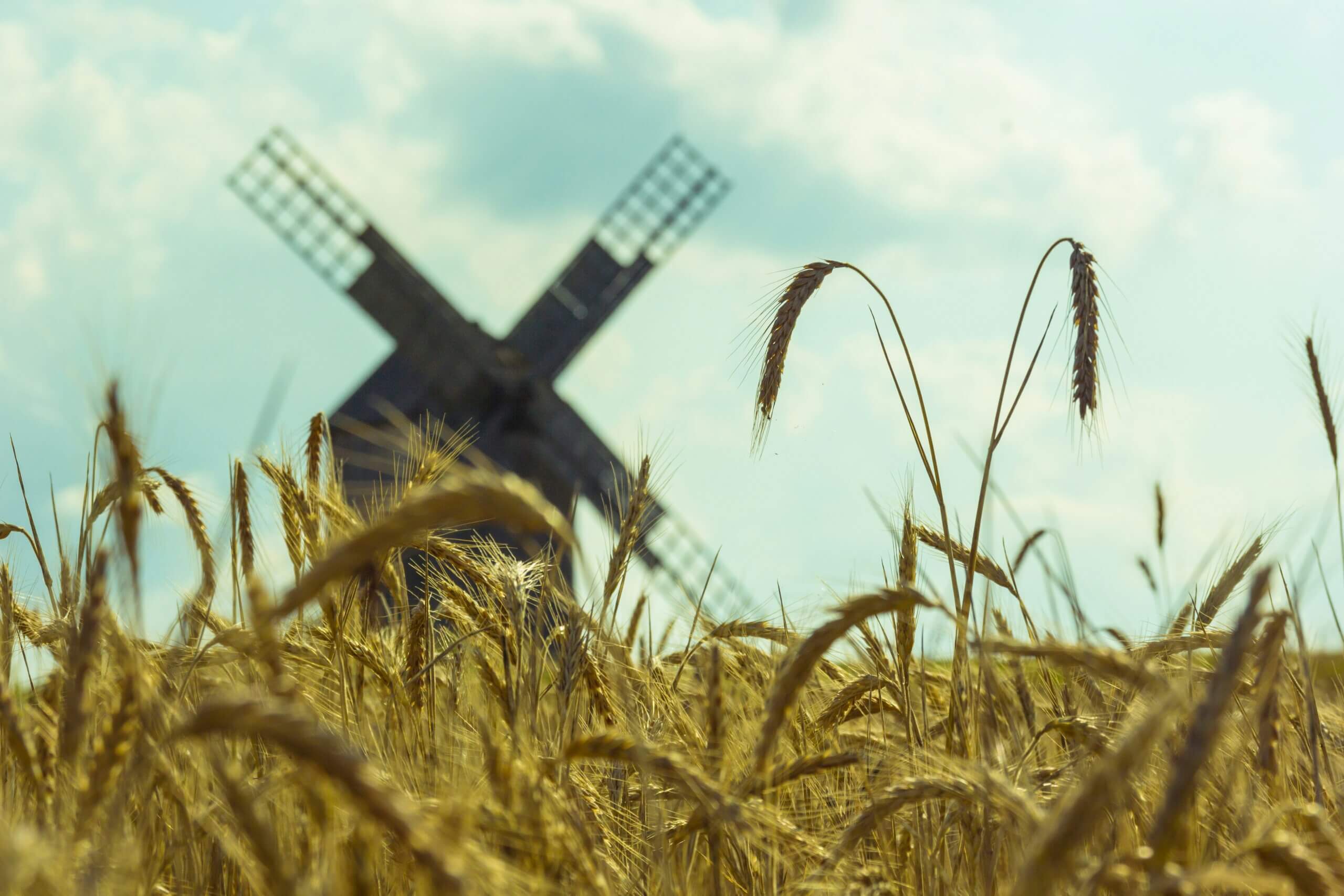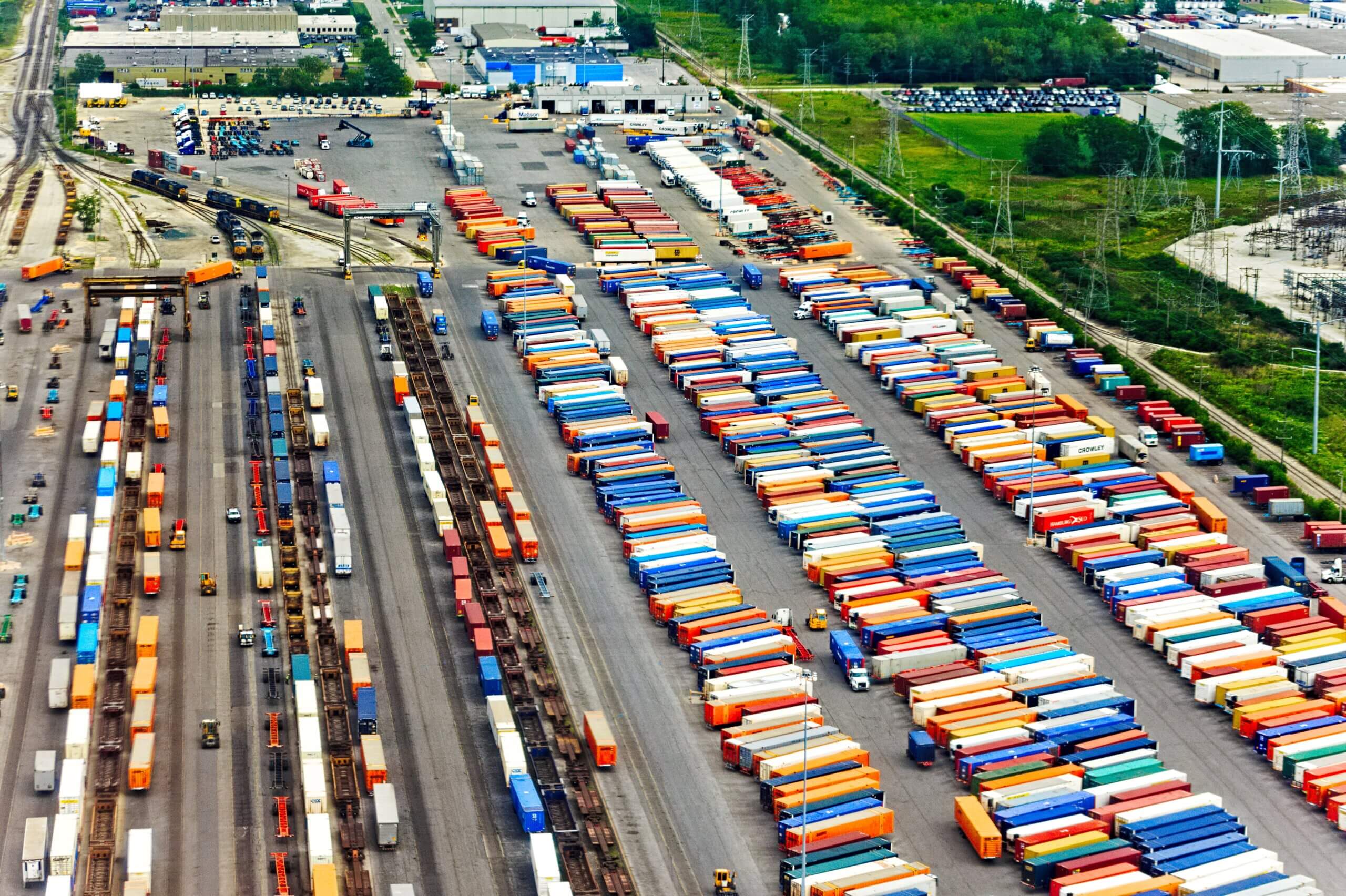What is Organic Regenerative Agriculture?
Organic regenerative agriculture is a way of farming that existed before the invention of man-made, synthetic fertilizers, pesticides, and herbicides – also known as inputs.
On its own, Organic farming requires a certification process proving a lack of synthetic inputs over a 3-year period followed by yearly audits and paperwork. Regenerative agriculture expands on this requirement by requiring a holistic approach that focuses on restoring the health of the soil and the environment without the use of chemicals while requiring specific practices around farming, human and animal treatment.
When combined, Organic and Regenerative farming is based on the idea that healthy soil is the foundation of healthy food production, that healthy food production is the foundation of a healthy planet, and that mother nature can provide everything a farmer needs to grow consistent, high-quality food.
This is done through the use of traditional strategies such as composting, the planting of cover crops and green manure to improve soil fertility and health. It also encourages using natural pest control methods, such as companion planting and crop rotation (to break up pest and disease cycles), which reduce the need for synthetic pesticides and herbicides. Fewer chemicals equals less environmental pollution.
By naturally improving soil fertility, organic regenerative agriculture can help increase crop yields for organic farmers while preserving water. This also lowers the farmer’s risk of crop loss from disease and infestation. Organic regenerative agriculture differs from modern farming methods by focusing on improving the soil and the environment while producing food.
Benefits of Organic Regenerative Agriculture
Chemical Usage
When people choose Organic food at the grocery store they often do so with fertilizer, pesticide and herbicide residues on their mind. Many people fail to consider how those same inputs negatively affect the ecosystem. They are man-made and unnatural by definition. Continued “wall-to-wall” spraying of fertilizers, pesticides and herbicides effectively kills off all of the natural organic matter and microbes within it. As Organic Regenerative practices are used, soil health slowly improves and can be measured in the soil’s fertility (presence of microbes and root structure) and water-holding capacity. Soil with these attributes results in healthier Organic crops and higher yields.
Water Management
Organic regenerative agriculture helps to reduce the amount of water used in farming. Through the use of cover crops and mulch, farmers can reduce the amount of water lost to evaporation and run-off, prevent erosion and improve the soil’s ability to hold water. This helps conserve water from rain and snowfall, and reduces the amount of water needed for irrigation. Naturally moist soil helps seeds germinate more effectively without fertilizer and contributes to a healthy ecosystem for the flora and fauna of a thriving farm to grow.
Energy Conservation
Organic regenerative agriculture also helps to reduce the amount of energy used in farming. By using natural inputs, such as compost and cover crops, farmers can reduce the amount of energy needed for irrigation and chemical application, less tractor time in the field contributes to less fuel use and more environmentally friendly farming.
Challenges of Organic Regenerative Agriculture
Organic regenerative agriculture is a sustainable farming method that is revolutionizing the way we grow food. But, like any new system, it comes with challenges. These include the need for more labor and agreed-upon certification bodies and market access. One of the biggest challenges of organic regenerative agriculture is the need for more labor.
This type of farming requires more hands-on work than modern farming methods, where genetically-modified seeds and mass spraying of chemicals are used to feed plants and control weeds and pests. Organic regenerative labor requires more knowledge and skill, as farmers and their employees must be able to identify and manage the complex interactions between soil, plants, and animals.
Another challenge is Organic regenerative certification. Currently, the leading certifying body is Regenerative Organic Alliance (ROA). ROA is operated by a group of professionals from various industries who desire to put standards around the specific activities farmers participate in to ensure their land and the treatment of their animals contribute to a healthier and more sustainable planet for future generations. From ROA’s website: “With regenerative organic agriculture, we can rehabilitate soil, respect animal welfare, and improve the lives of farmers. We can sequester carbon, build healthier communities, and reap more nutritious and abundant yields.” Although ROA is making progress in their mission, we expect that similar to the food quality world, more certifying bodies will be created over time and requirements will vary between them.
For Organic regenerative farmers, lack of market access continues to be a hurdle. This is due to a lag in consumer education. Organic regenerative agriculture is a new concept to many, so it can be difficult for farmers to find buyers for their products because the end users are unfamiliar with the terminology and requirements. This can be especially true for small-scale farmers who may not have the resources to market their products to a wider audience. They are taking on the additional costs of operating and becoming certified but depend on food manufacturers and grocery stores to explain their way of life to consumers.
The Future of Organic Regenerative Agriculture
People around the world are learning how the decisions they make impact the environment around them. This is evident in the steady growth of the Certified Organic sector of the food industry. It is exciting to realize how much synthetic inputs have been prevented from entering the dirt as more people have chosen Organic food products and more farmers have transitioned away from chemicals. We view regenerative agriculture as the next evolution in the health food industry. As the number of Certified Regenerative farms increases and consumers become more familiar with the terminology of this environmentally conscious pursuit, we will begin to hear more conversations around regenerative agriculture and see its logos on the packages we choose.
With the right support, investment, and communication strategies, we envision a future where farmers return to traditional activities like cover cropping, composting, crop rotation, animal care, and ecosystem maintenance en masse. This will create farms worldwide going from sprayed, depleted, and devoid of animal life to thriving, buzzing, rich ecosystems where waste is fed back into the system, and people, animals, and mother nature are working together.






